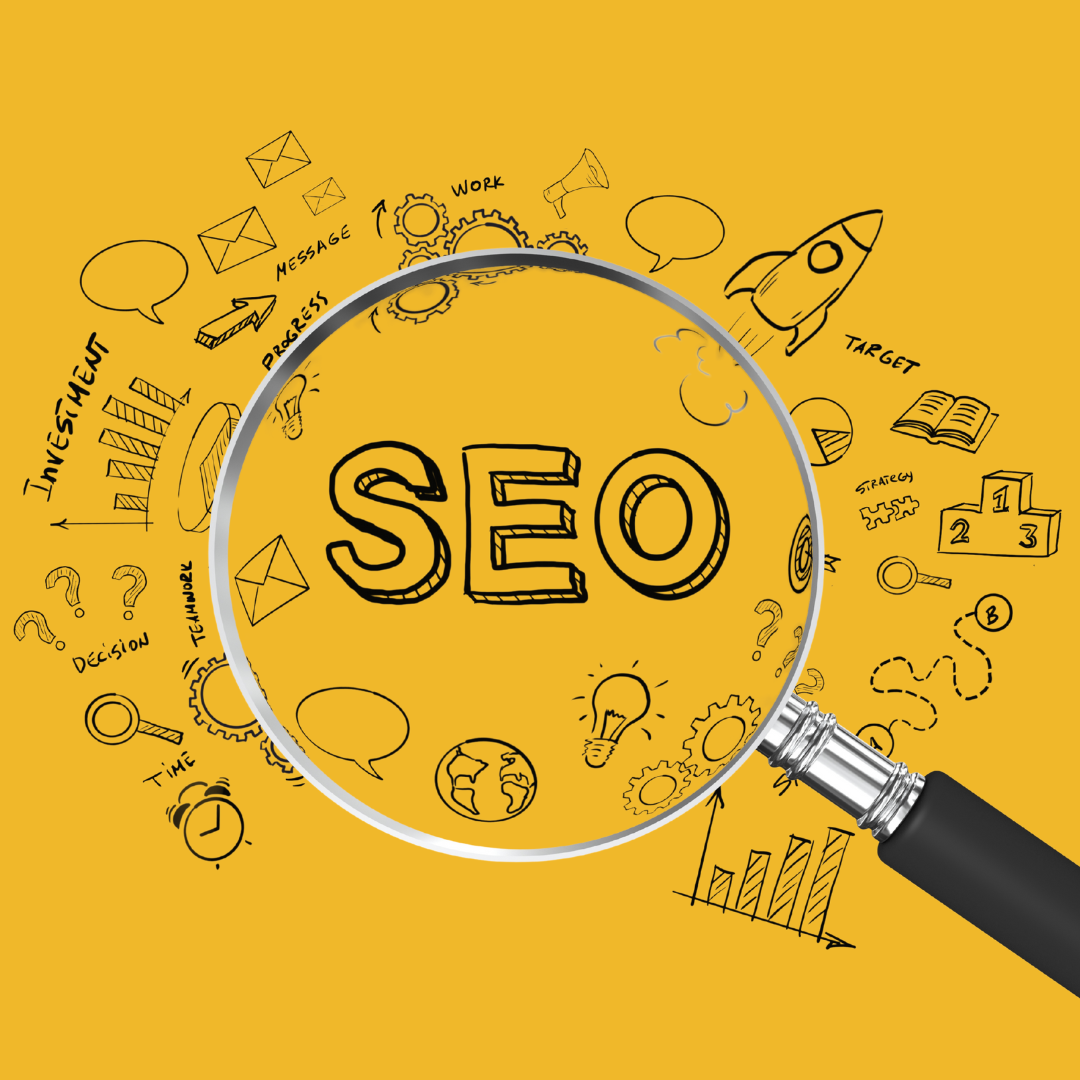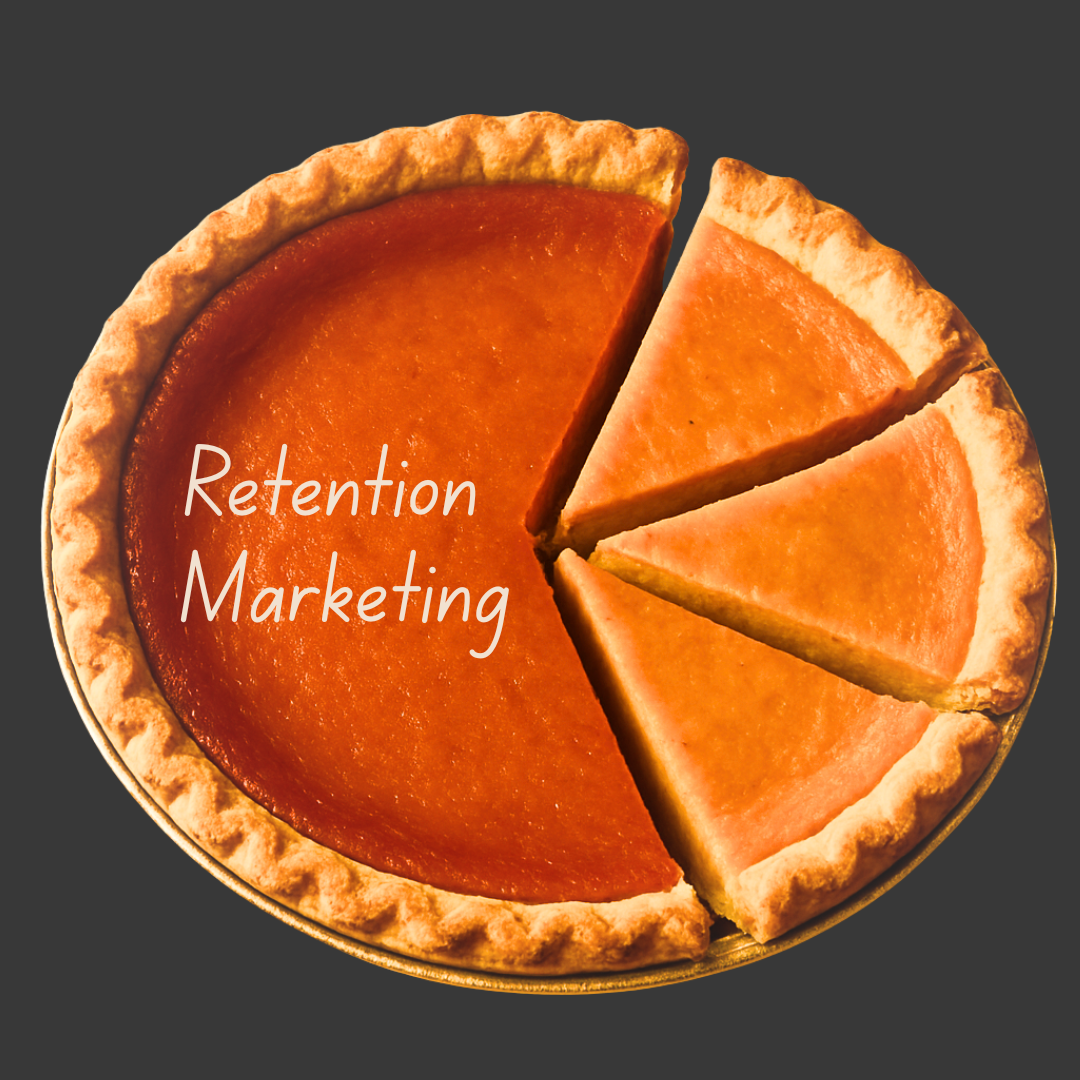If you’ve been running an eCommerce store on Magento for the past decade or so, odds are you’ve invested heavily in SEO. Back when everyone was scrambling to rank for “wholesale widgets” and “bulk industrial supplies,” you were laying the groundwork. Blog posts, product descriptions, link-building campaigns, maybe even a few late-night experiments with “SEO hacks.”
Fast forward to today: your store’s organic traffic isn’t just traffic, it’s equity. It’s brand awareness, lead generation, and a moat your competitors would love to chip away at.
And now you’re thinking about migrating to Shopify. Cue the cold sweat.
The number one fear for brands moving platforms? Losing search rankings that took years (and thousands of dollars) to build. The good news is: if you handle the migration correctly, you can preserve, and even strengthen, your SEO. The bad news is: if you don’t, you risk watching years of organic authority vanish overnight.
Let’s walk through how to avoid that nightmare.
Why Magento to Shopify Migration Threatens SEO
Switching from Magento to Shopify isn’t just “lifting and shifting.” You’re fundamentally changing how your site is structured, how URLs are handled, and how search engines understand your content. For legacy brands, especially those with large catalogs and niche B2B categories, the risks are amplified.
Here’s why:
- Different URL structures: Magento lets you customize URLs endlessly; Shopify prefers clean, opinionated formats (e.g., /products/ and /collections/). If not mapped carefully, your old rankings could be lost in translation.
- Redirect overload: Many brands already have a history of redesigns and partial migrations. Add one more layer of messy redirects and suddenly Google is crawling through a maze.
- Technical SEO gaps: Meta tags, structured data, canonical tags, sitemaps, all need to be carried over. One broken piece can tank visibility for whole sections of your catalog.
- Content loss: That “ugly but effective” content from 2013 may look outdated, but if it’s still ranking, it’s working. Toss it out and your traffic goes with it.
Step 1: Audit Your Current SEO Footprint
Before you unplug Magento, document everything. Think of it like an archaeological dig into your own site.
- Run a full crawl with tools like Screaming Frog or Sitebulb.
- Export all current URLs, metadata, and structured data.
- Identify your top landing pages by organic traffic and conversions.
- List backlinks pointing to high-value pages (Ahrefs, SEMrush, or GSC can help).
This is your safety net. Without it, you’re migrating blind.
Step 2: Build a Bulletproof 301 Redirect Strategy
This is where most migrations succeed or fail. Every single legacy URL should point cleanly (and permanently) to its Shopify equivalent.
Best practices:
- Avoid blanket redirects (e.g., everything to the homepage). That’s the SEO equivalent of burning down the library.
- Keep one-to-one mappings: old product to new product, old category to new collection.
- Kill redirect chains: don’t stack new redirects on top of old ones. Clean them up.
For wholesalers, distributors, or catalog-heavy sites, this step is mission-critical. Buyers often bookmark deep links or rely on search for specific SKUs. Don’t strand them.
Step 3: Migrate and Preserve Content That Works
Legacy content often looks outdated—but still drives rankings. If Google trusts that 2012 category description for “bulk janitorial supplies,” you should too.
- Carry over category descriptions and long-form product copy.
- Retain old blog posts that still pull traffic (update formatting if needed).
- Don’t let design priorities erase content that’s quietly paying the bills.
In short: if it’s ranking, it’s coming with you.
Step 4: Transfer Metadata and Structured Data
Shopify doesn’t automatically port over your hard-won metadata. You’ll need to:
- Migrate meta titles and descriptions for every page.
- Ensure H1/H2 hierarchy remains intact.
- Implement schema markup (products, reviews, FAQs) on Shopify templates.
This is what helps Google understand your content and display rich results. Drop it, and you’ll see clicks drop too.
Step 5: Test Everything in a Staging Environment
Before you flip the switch, put your Shopify site through its paces.
- Crawl the staging site and compare it to your Magento crawl.
- Check redirects, metadata, structured data, and internal linking.
- Use Google Search Console’s URL Inspection tool to confirm proper indexing.
Think of this as a dress rehearsal. Fix the errors before your customers (and Google) see them.
Step 6: Monitor Relentlessly Post-Migration
The launch day isn’t the finish line, it’s the start of a watchful 90-day window. Analytics shows user behaviour. Search Console shows how Googlebot crawls, indexes, and ranks your pages. During a migration that difference is everything. It is the one place that shows what Google believes to be true about your new site.
- Track performance in Google Search Console daily for errors and coverage issues.
- Monitor keyword rankings for high-value categories and products.
- Crawl your site weekly to catch new issues.
If something drops, act fast. Often it’s just a missed redirect or an overlooked piece of metadata.
Why This Matters for Legacy B2B and Wholesale Brands
If you’re selling wholesale industrial parts, B2B medical equipment, or commercial supplies, your buyers don’t “browse.” They Google, they click, and they expect to land exactly where they need to be.
That means SEO is not just marketing, it’s your storefront. Losing it isn’t an inconvenience; it’s lost revenue, lost trust, and lost repeat customers.
Handled correctly, Shopify can actually improve your SEO long term. Its speed, mobile-friendliness, and clean architecture give Google fewer excuses to hold back your rankings. But only if you protect the foundation during migration.
Your Rankings Are Too Valuable to Gamble With
Migrating from Magento to Shopify doesn’t have to mean starting over in search. With the right planning, audits, redirects, content preservation, and relentless monitoring, you can protect and even enhance the equity you’ve built over years.
At Total Commerce Partners, we’ve helped legacy eCommerce brands make the jump without sacrificing what they’ve worked so hard for. Think of us as the movers who not only carry your boxes but make sure your priceless antiques (a.k.a. your SEO rankings) arrive safely too.
If you’re considering re-platforming, don’t risk your organic visibility. Plan for it. Safeguard it. And partner with people who know how to do it right.




